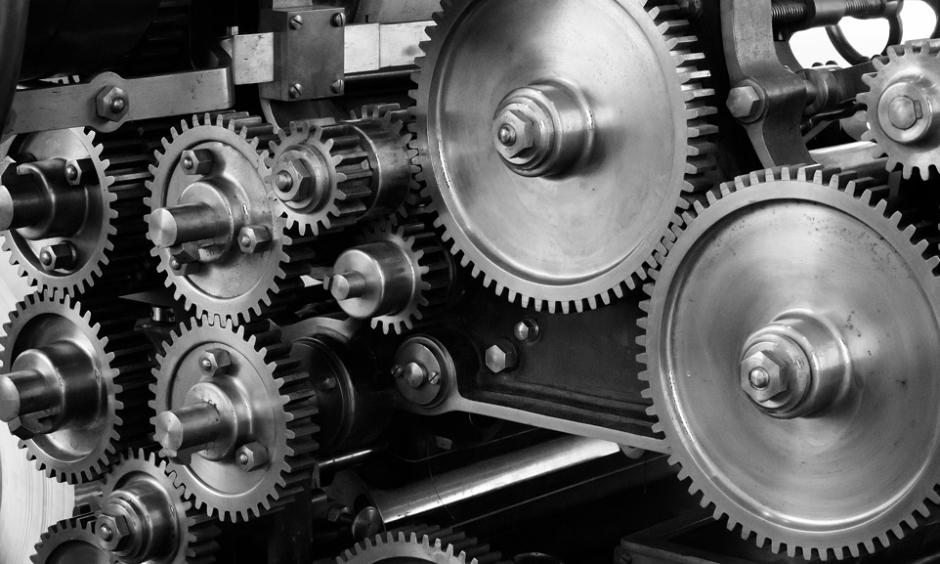EFFICACY of cancer treatments could be more effectively measured using an adaptation of a machine learning approach originally designed to help scientists map features on planets such as Mars. The technique, called Linear Poisson Modelling, which was developed at the University of Manchester, Manchester, UK, enables greater confidence in results obtained by helping researchers better understand the errors and uncertainties of their observations.
Linear Poisson Modelling
Generally, scientists have to use many samples, often from animals, to gain an accurate understanding of average changes to tumours following treatment; this is because tumours change heterogeneously, making it difficult to isolate the impact of the treatment. Furthermore, there can be difficulties in assessing a therapy’s effects on individuals using conventional statistical methods. Linear Poisson Modelling, however, learns data patterns and how they can change and has the unique ability among other machine learning methods to predict the precision of its results by analysing the effect of errors in the data. This improved modelling of data means researchers can have confidence in their results with fewer samples.
Increased Accuracy
When the team applied the Linear Poisson Modelling technique to tumour murine xenograft models, the technique demonstrated a four-fold increase in power. The findings suggest the technique will enable researchers to obtain results they can be confident in when using smaller sample sizes than previously.
“The results of this study show that we can present findings which researchers can be much more certain of. This means you can get the same quality of data from one sample instead of 16,” explained Dr Neil Thacker, University of Manchester. “This has important implications for research, meaning that instead of using 16 mice, in some studies only one is needed. This could help reduce the use of lab mice in medical research. It also opens up the potential for this technique to be used in patients by quickly and confidently identifying if drugs are having a specific effect on their tumours.”
Next Steps
The next stage of research is to observe how the technique can be used to assess the effect of treatments on individuals and potentially aid the development of more personalised care.
James Coker, Reporter







